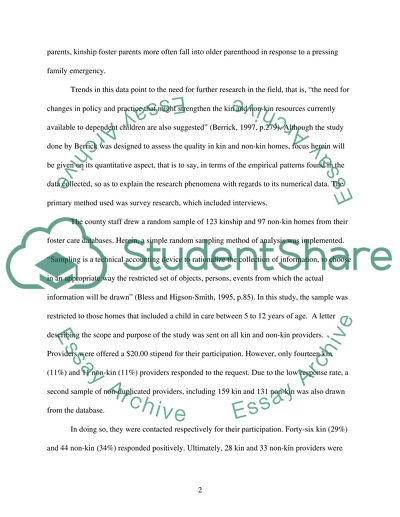Cite this document
(Jill Duerr Berricks Assessing Quality of Care in Kinship and Foster F Assignment - 1, n.d.)
Jill Duerr Berricks Assessing Quality of Care in Kinship and Foster F Assignment - 1. Retrieved from https://studentshare.org/psychology/1576120-jill-duerr-berrick2010assessing-quality-of-care-in-kinship-and-foster-family-care
Jill Duerr Berricks Assessing Quality of Care in Kinship and Foster F Assignment - 1. Retrieved from https://studentshare.org/psychology/1576120-jill-duerr-berrick2010assessing-quality-of-care-in-kinship-and-foster-family-care
(Jill Duerr Berricks Assessing Quality of Care in Kinship and Foster F Assignment - 1)
Jill Duerr Berricks Assessing Quality of Care in Kinship and Foster F Assignment - 1. https://studentshare.org/psychology/1576120-jill-duerr-berrick2010assessing-quality-of-care-in-kinship-and-foster-family-care.
Jill Duerr Berricks Assessing Quality of Care in Kinship and Foster F Assignment - 1. https://studentshare.org/psychology/1576120-jill-duerr-berrick2010assessing-quality-of-care-in-kinship-and-foster-family-care.
“Jill Duerr Berricks Assessing Quality of Care in Kinship and Foster F Assignment - 1”, n.d. https://studentshare.org/psychology/1576120-jill-duerr-berrick2010assessing-quality-of-care-in-kinship-and-foster-family-care.


